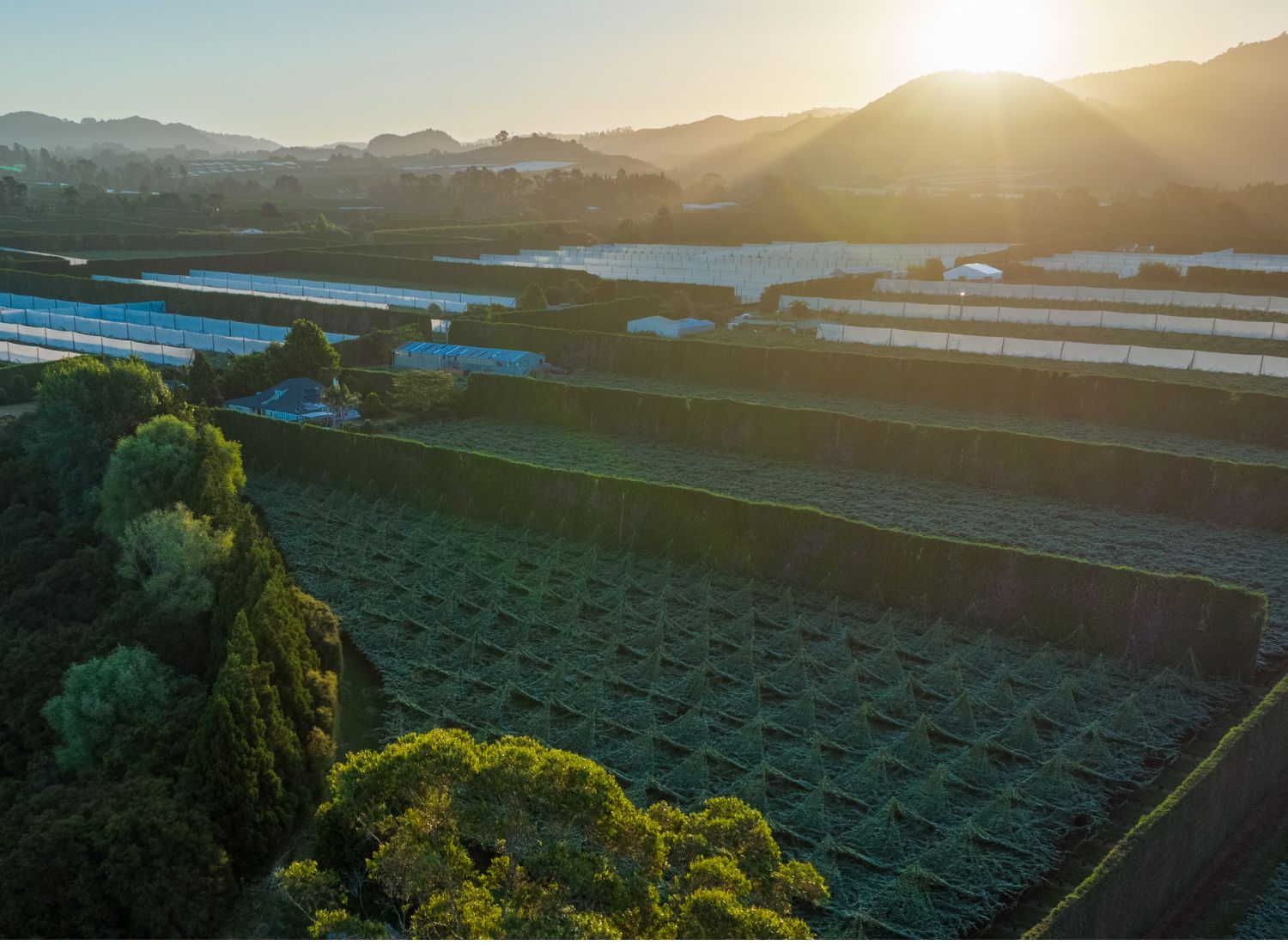The National Built and Environment Act 2023 (NBEA) and the Spatial Planning Act 2023 (SPA) were given Royal Assent on 24 August 2023 and will repeal and replace the Resource Management Act 1991 (RMA). While the complete transition to the new system is expected to take more than a decade, parts of the NBEA are already in force:
Fast Track Consenting
The NBEA’s new fast track consenting process has now come into effect. Applicants can now seek ministerial referral of projects that meet a set of eligibility criteria (which relate to infrastructure and housing activities). If the referral is accepted, applicants can apply to the Environmental Protection Authority (EPA) for resource consent. Expert consenting panels then decide on the substantive applications and may set conditions on projects before they go ahead.
Compliance, Management and Enforcement
New compliance and enforcement tools have come into force and include the following:
- fines for non-compliance with consent conditions have increased:
– $300,000.00 to $1,000,000.00 for individuals; and
– $600,000.00 to $10,000,000.00 for companies.
- changes to abatement notice provisions which allow abatement notices to be issued for a breach of consent notices and covenants imposed by the conditions of a resource consent.
- new powers in relation to excessive noise which permit enforcement officers to issue an excessive noise direction which requires the noise to be immediately reduced to a reasonable level.
Contaminated Land
The ‘polluter pays’ principle applies from the day after Royal Assent and sets a presumption that polluters are to bear the costs of managing pollution to prevent damage to human health and the environment in relation to contaminated land. The EPA and the relevant local authority are empowered to recover all actual and reasonable costs from the polluter.
Shorter Term for Freshwater Resource Consents
Most new freshwater-related consents will have a new time limit on how long they last. The aim is to ensure freshwater resources are not locked in for long periods before regions make decisions in their NBE plans about how to allocate freshwater in their areas.
The maximum duration applies to resource consents to take, use, dam, or divert freshwater. It also applies to consents for discharging any contaminants into freshwater or onto land where it can enter freshwater.
The maximum duration can be no longer the 5 years after allocation methods in a region’s first NBE plan take effect. Once the transition to the new system has been completed, then the maximum duration will be 10 years (rather than 35 years under the RMA).
Freshwater Planning Instruments
The NBEA amends section 80A of the RMA to widen the meaning of a ‘freshwater planning instrument’ and to change what instruments must (or may) use the freshwater planning process.
Aquaculture
The Minister for Aquaculture now has extended powers to suspend resource applications, make regulations and allocate aquaculture space.
However, following the recent election and a new National led government, we may in store for further changes to the new system (including the new system being scrapped altogether) before the end of the year.









